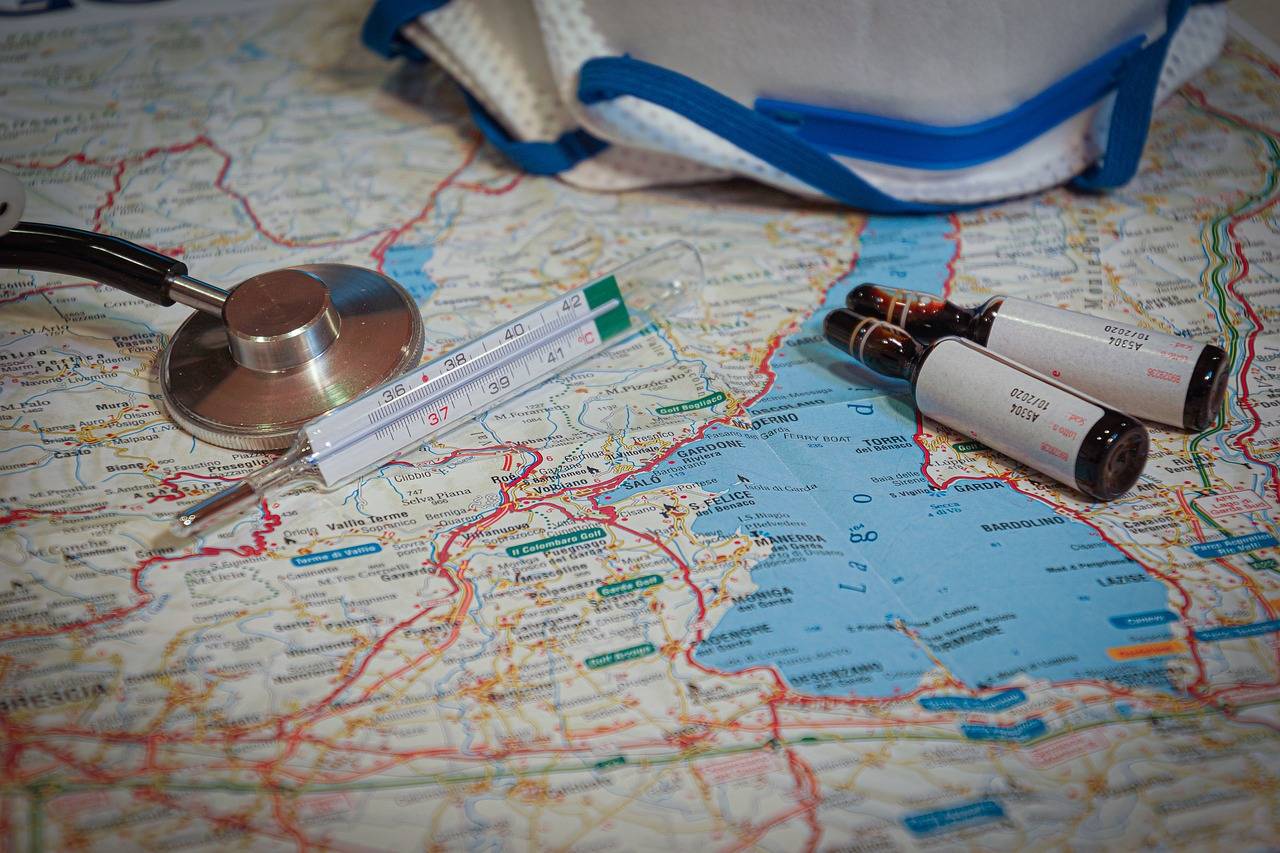How AI Is Improving Medical Imaging
Artificial intelligence (AI) has revolutionized the field of radiology by enhancing the accuracy and efficiency of diagnostic imaging processes. Radiologists can now utilize AI algorithms to assist in detecting abnormalities such as tumors or fractures on medical scans with greater precision. This technology has significantly reduced the time required for analysis, allowing medical professionals to focus more on patient care and treatment planning.
Furthermore, AI applications in radiology have shown promising results in improving patient outcomes by ensuring timely and accurate diagnoses. By leveraging machine learning techniques, these systems can analyze vast amounts of medical imaging data to identify patterns and anomalies that might be overlooked by human observers. This streamlined approach not only enhances the diagnostic capabilities of radiologists but also helps in providing patients with faster and more reliable medical assessments.
AI Integration in Diagnostic Imaging
When it comes to diagnostic imaging, the integration of AI technology has revolutionized the way healthcare providers interpret and analyze medical images. By harnessing the power of artificial intelligence, radiologists can now benefit from enhanced accuracy and efficiency in diagnosing a wide range of medical conditions. Through machine learning algorithms, AI systems can detect subtle abnormalities that may be missed by the human eye, leading to earlier detection and improved patient outcomes.
Additionally, AI integration in diagnostic imaging has the potential to streamline workflow processes in healthcare facilities. With AI-powered software assisting in image analysis and interpretation, radiologists can focus their time and expertise on more complex cases, ultimately improving overall diagnostic accuracy and reducing turnaround times for patients awaiting results. This synergy between AI technology and human expertise is paving the way for a more efficient and effective approach to diagnostic imaging in modern healthcare settings.
Enhanced Accuracy in Medical Imaging
Artificial intelligence (AI) has revolutionized the field of medical imaging by significantly enhancing the accuracy of diagnoses. Through the implementation of advanced algorithms and machine learning techniques, AI systems are able to analyze medical images with a level of precision that surpasses human capabilities. This improved accuracy has led to earlier detection of diseases, more accurate treatment planning, and better patient outcomes overall.
One of the key advantages of AI integration in medical imaging is its ability to detect subtle abnormalities that may go unnoticed by the human eye. By analyzing vast amounts of data and patterns, AI algorithms can identify indicators of disease that might be overlooked in traditional image interpretation. This heightened level of accuracy not only improves diagnostic capabilities but also reduces the likelihood of diagnostic errors, ultimately improving the quality of patient care.
How is AI being utilized in radiology?
AI is being used in radiology for tasks such as image analysis, detection of abnormalities, and speeding up the diagnostic process.
How can AI integration improve diagnostic imaging?
AI integration can improve diagnostic imaging by providing more accurate and precise analysis of medical images, leading to early detection of diseases and better patient outcomes.
What are some examples of AI applications in medical imaging?
Some examples of AI applications in medical imaging include automated tumor detection in MRI scans, bone fracture detection in X-rays, and segmentation of organs in CT scans.
How does AI contribute to enhanced accuracy in medical imaging?
AI contributes to enhanced accuracy in medical imaging by reducing human error, providing quantitative data analysis, and assisting radiologists in making more informed decisions.
Is AI replacing radiologists in medical imaging?
No, AI is not replacing radiologists in medical imaging. Instead, it is being used as a tool to assist radiologists in interpreting images and making diagnoses more accurately and efficiently.





